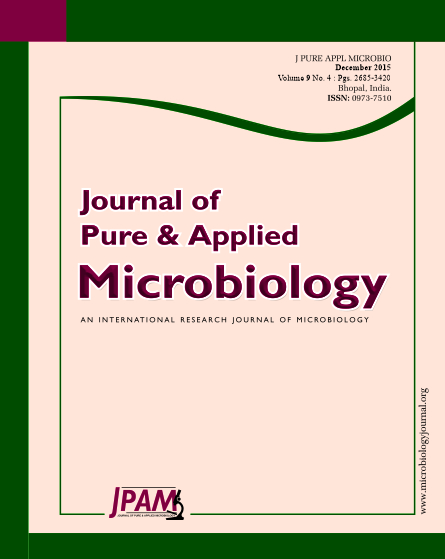Malassezia genus in dandruff and seborrheic dermatitis which together have affected more than 50% of humans, have increasing proliferation in scalp. Proliferation of yeasts lead to scalp-flaking and create physical and mental disorder in people. The conventional culture-based methods for the isolation and identification of the Malassezia species in relative disease are labour intensive and time-consuming. We aimed to conduct a molecular analysis with direct DNA extraction from scalp in such patients at least time without complexity. In this cross sectional study, samples were taken from 65 patients with dandruff and seborrheic dermatitis. DNA extraction was performed directly from uncultured scalp by hexadecyltrimethylammonium bromide (CTAB method). Using species-specific primers derived from the 26s rDNA, PCR amplifications were performed. Identification of the species was carried out with enzyme CfoI in RFLP technique. CTAB method was applied as a more successful method for DNA extraction. Malassezia restricta was identified in %58.4 of the scalp specimens as the predominant species. In other 41.6% of cases, Malassezia restricta and Malassezia globosa were detected together. Molecular-based method of this study is able to diagnosis Malassezia yeasts in scalp without time-consuming culture-based method. Also the study shows the invasive characteristics of Malassezia restricta and Malassezia globosa species.
Malassezia, Dandruff, seborrheic dermatitis, CTAB, 26 S rDNA.
© The Author(s) 2015. Open Access. This article is distributed under the terms of the Creative Commons Attribution 4.0 International License which permits unrestricted use, sharing, distribution, and reproduction in any medium, provided you give appropriate credit to the original author(s) and the source, provide a link to the Creative Commons license, and indicate if changes were made.


